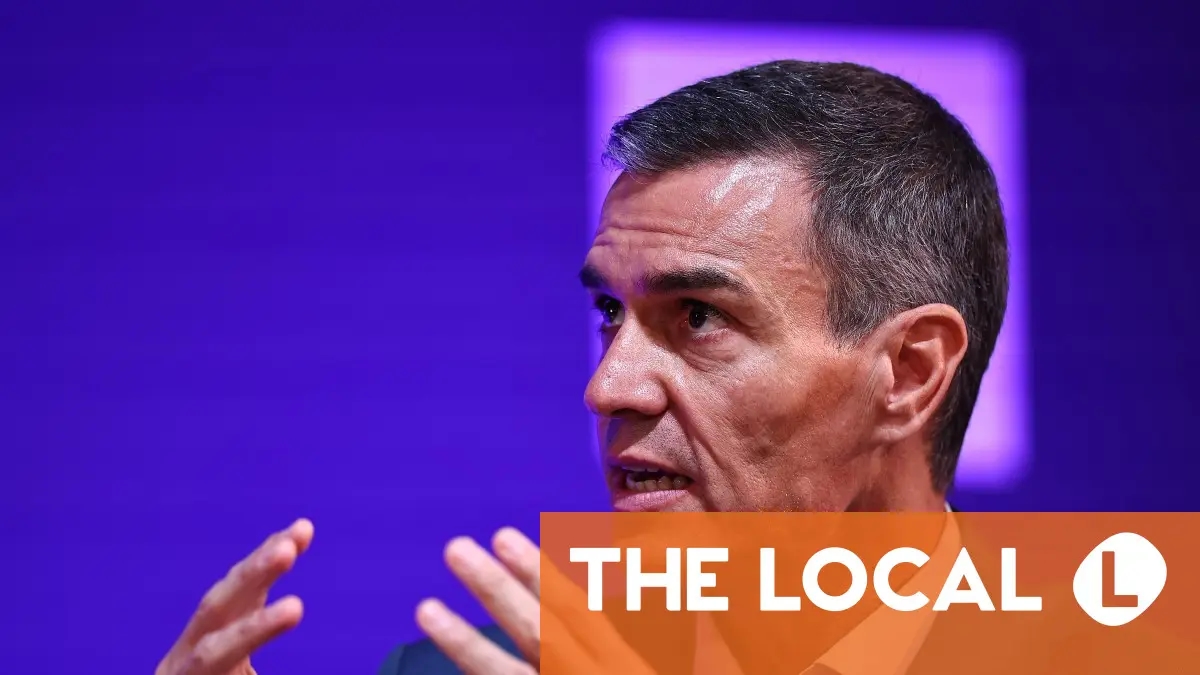Inside The Ascott Limited’s Multi-Typology Brand Strategy

This sponsored content was created in collaboration with a Skift partner.
Hospitality has long relied on a one-brand-one-format model, with separate brands dedicated to hotels, serviced residences, or resorts. That structure made sense when travel demand was neatly segmented. However, today’s travelers often blur the lines between business, leisure, and extended stays, and the old model can struggle to keep pace. While it remains the industry norm, it can create silos that limit flexibility for both guests and owners.
“The rise of remote work has created a new type of traveler who combines work, personal life, and exploration in ways that weren’t possible before the pandemic,” said Tan Bee Leng, chief commercial officer at The Ascott Limited, a Singapore-based hospitality company and the lodging business arm of CapitaLand Investment. “Guests now take on multiple identities. A business traveler might attend a meeting in Hanoi, return as a leisure guest in Phuket, and relocate with family to Hong Kong later. They would have to restart with a different brand each time under the conventional model.”
The Ascott Limited is challenging this convention with a new strategy that allows the same brand to appear in different formats across residences, hotels, resorts, and more. The company calls this approach “multi-typology brand strategy,” a model that delivers flexibility across different trip types.
Where the traditional playbook has been “brand multiplication,” the multi-typology brand strategy is “brand evolution.” The operational bet is clarity for the guest with one recognizable brand promise and less fragmentation for owners with fewer labels to launch, distribute, and support.
“Adapting established brands across different formats lets us amplify equity built over years, keep the guest relationship intact as needs change, and avoid spreading investment across untested concepts,” said Tan. “This way, we build on the deep brand knowledge and loyalty we’ve nurtured over the years instead of creating a new brand for every market, so guests can enjoy a familiar experience even as they travel for different purposes.”
This isn’t a rejection of single-format brands outright. Some labels still benefit from a tightly defined format. The point is to deploy both approaches deliberately.
“Some of our brands rely on a single format as part of their identity and market positioning, and we continue to utilize that strategically. However, the multi-typology brand strategy allows us to meet diverse market demands for brands with broader appeal and versatility,” said Tan.
The Ascott Limited’s flex-hybrid model, which serves both short-term guests and long-stay travelers within a single operational framework, laid the groundwork for this strategy. The multi-typology brand strategy pushes the idea further by extending flexibility from length of stay to where and how a brand can operate across different property types.
“Our flex-hybrid model allows us to pivot between transient and extended stays without changing the operating backbone. The multi-typology brand strategy takes that to a 2.0 version by letting us reposition assets more quickly. It allows us to respond to market signals and guest demand shifts without major structural overhauls,” said Tan.
From an owner’s perspective, that translates into practical advantages: faster time to market on conversions, more options to reposition aging assets, and a clearer path to matching an asset with the “optimal brand, optimal typology” for its location.
The goal is to use resources more efficiently. If teams know how to deliver the brand experience, stretching that know-how across formats reduces friction. On the commercial side, the benefit is greater responsiveness. When market conditions change, such as sudden swings in trip length, seasonality, or traveler mix, the same property can adapt without losing consistency in service. Together, the flex-hybrid model and multi-typology brand strategy aim to create a business that can withstand market ups and downs instead of relying on revenue growth during peak periods.
The Ascott Limited is seeking to grow its resort portfolio to address the leisure demand of road warriors in its loyalty programme, Ascott Star Rewards. Under its multi-typology brand strategy, the company has secured 11 new signings in just 10 months in high-demand destinations, including Phuket, Bali, Phu Quoc, Nha Trang, Gangneung, and Ras Al Khaimah. It now has 50 resort properties in operation or development.
Resorts are seasonal by nature, and many struggle to fill rooms during shoulder months. A multi-typology approach treats seasonality as a programming challenge rather than a structural weakness.
“Seasonality is a risk when a property is designed for a single guest type. With our multi-typology brand strategy and flex-hybrid model, we can pivot segments through the year,” said Tan.
Peak months focus on the full resort experience for families and leisure travelers, while shoulder and off-peak periods are reoriented to remote workers and digital nomads. Venues that host weddings in high season can later convert to Meetings, Incentives, Conferencing, and Exhibitions (MICE) events or corporate retreats. The team reinterprets amenities rather than rebuilding them, with the same spaces serving different guest needs throughout the year.
“The pool that entertains families in the summer can become a quiet retreat for executives working remotely. Wedding venues can shift to business events, and the spa can double as long-stay wellness offerings for digital nomads wanting an ‘Eat, Pray, Love’ style escape. This versatility enables steady year-round revenue from a single property,” said Tan.
An upcoming example is the Ascott Abov Patong Phuket Resort in Thailand, which will offer 254 keys, a kids’ club, spa, event spaces, and an integrated residential component for longer stays, all designed from the outset to flex across different trip types.
The multi-typology brand strategy is also a loyalty architecture. The underlying insight is simple: travelers don’t shed identities when they close a laptop or book a family trip. The same person wants continuity across contexts. Keeping them inside one brand experience across those contexts increases engagement across Ascott Star Rewards’ six-million-member base by expanding the number of earn and burn moments.
According to the company’s Chief Strategy Officer, Wong Kar Ling, who spoke at the Skift Asia Forum last month, this continuity is also key to retention. Many corporate travelers who earn points on business stays increasingly want to redeem them for leisure experiences, showing how brand flexibility can strengthen loyalty over time.
How will the company measure success? On the guest side, The Ascott Limited tracks experience consistency across different formats using metrics such as Net Promoter Score (NPS) and guest satisfaction indices. On the financial side, the company monitors revenue per available unit and yield performance while also looking for the ultimate validation: repeat guests and repeat property owner signings across multiple markets.
However, the broader implications reach beyond a single company. As Tan framed it, the industry is moving “from format-first to experience-first” thinking. Instead of designing a format and hoping the guest fits, the starting point is the experience the guest desires, then matching the format to deliver it.
“There’s room for tightly defined formats where familiarity matters, but there’s also an opportunity to grow trusted brands to serve broader guest journeys. The future belongs to those who can combine insight, flexibility, and strong execution to deliver experiences that grow and adapt with guest needs,” Tan said.
For more information about The Ascott Limited, visit discoverasr.com.
This content was created collaboratively by
The Ascott Limited and Skift’s branded content studio, SkiftX.skift.




